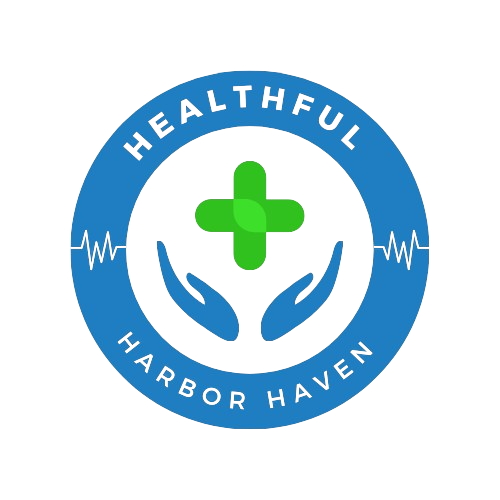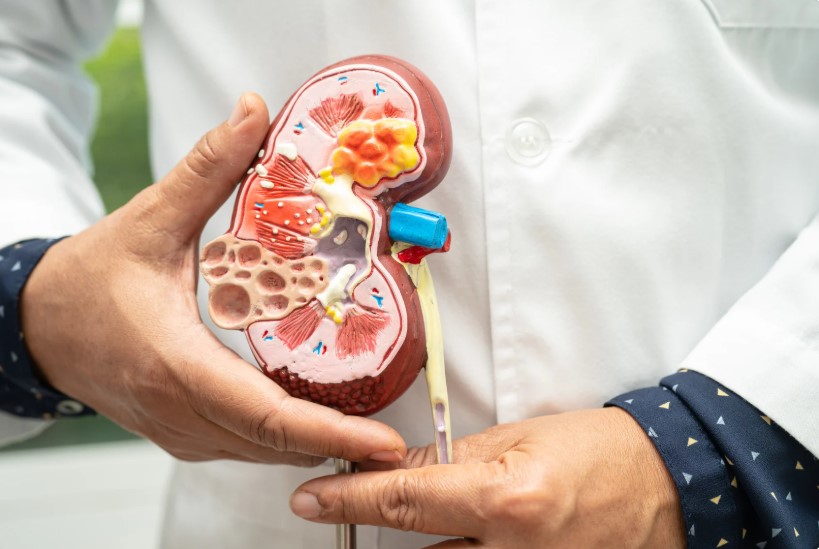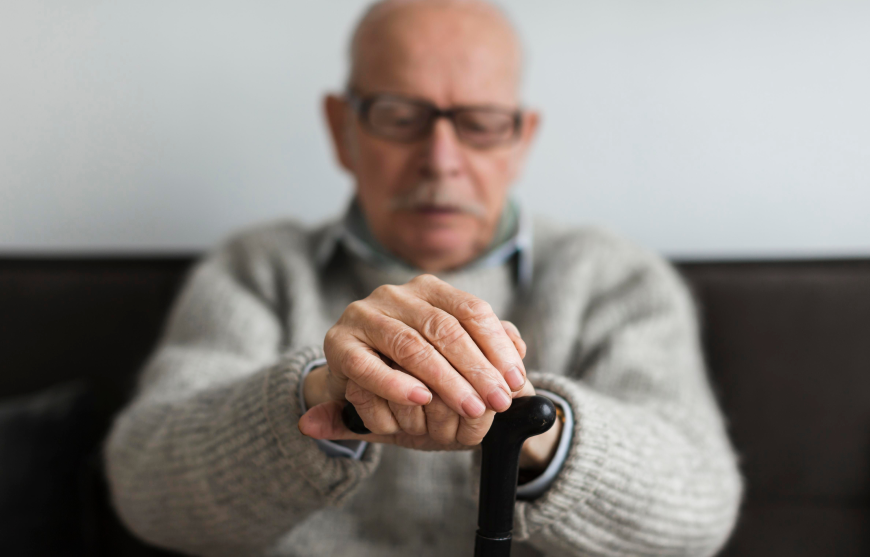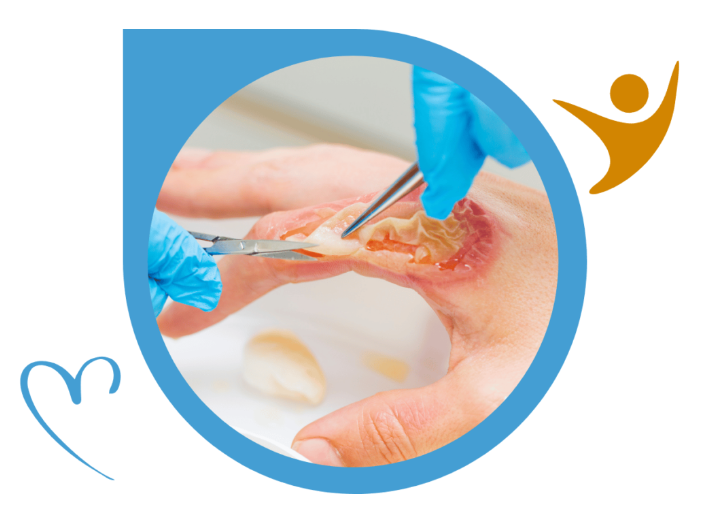Living with urinary incontinence can affect more than just physical health. It can impact emotional well-being, social interactions, and daily routines. Many people assume incontinence is a natural part of aging and feel hesitant to seek help. However, modern incontinence treatment offers a variety of approaches that can restore confidence and improve quality of life. Understanding the types of incontinence, potential causes, and treatment options is the first step toward regaining control. Stress incontinence, urge incontinence, overflow incontinence, functional incontinence, and mixed incontinence are some of the most common forms. Each type has distinct characteristics, and proper diagnosis is essential for effective management. Addressing incontinence early prevents complications such as skin irritation, infections, and social isolation.
Urinary incontinence can result from multiple factors including weakened pelvic muscles, nerve damage, chronic health conditions, and lifestyle habits. Women may experience incontinence after childbirth or during menopause, while men may face it after prostate surgery. Conditions such as diabetes, obesity, or neurological disorders can also contribute. Recognizing triggers and patterns is crucial for successful treatment. By consulting a specialist, patients can receive tailored guidance that addresses the underlying cause. Early intervention often leads to better outcomes and reduces reliance on long-term medications or invasive procedures. Knowledge and awareness empower individuals to take proactive steps and regain control over their bladder health.
Approaches to Incontinence Care
Effective incontinence treatment often combines multiple strategies to target the specific type and severity of symptoms. Lifestyle adjustments play a significant role. Reducing caffeine, managing fluid intake, maintaining a healthy weight, and avoiding bladder irritants can all make a noticeable difference. Pelvic floor exercises, such as Kegel exercises, help strengthen muscles that support bladder control. These exercises, combined with biofeedback therapy, can improve muscle coordination and reduce leakage episodes. Bladder training techniques like timed voiding or urge suppression help retrain the bladder to hold urine longer. Medications may also be prescribed depending on the condition, including anticholinergics, beta-3 agonists, or topical estrogen for women. In more severe cases, surgical options like sling procedures, injections, or minimally invasive interventions may be recommended to restore bladder function.
Practical strategies for managing incontinence at home include the following:
- Establishing a daily bathroom schedule to reduce sudden urges
- Practicing pelvic floor exercises consistently for muscle strengthening
- Avoiding bladder irritants such as alcohol, carbonated drinks, and spicy foods
- Maintaining a healthy body weight to reduce pressure on the bladder
- Using absorbent pads or protective garments for comfort and hygiene
- Tracking symptoms to identify triggers and patterns
- Consulting a specialist when symptoms worsen or fail to improve
These approaches work best when combined under the guidance of a healthcare professional. Regular monitoring, lifestyle modifications, and consistent exercises can lead to significant improvements in bladder control.
Role of Pro-Create Multi-Specialty Clinic in Cabanatuan City
Pro-Create Multi-Specialty Clinic in Cabanatuan City is committed to providing comprehensive incontinence care tailored to individual needs. The clinic offers advanced diagnostic tools to assess bladder function accurately. Patients benefit from a multidisciplinary team that includes urologists, physical therapists, and dietitians, ensuring a holistic approach to treatment. Under the supervision of experts like Dr. Sid Sergio, patients receive personalized care plans that combine lifestyle guidance, therapy, medication, and, when necessary, surgical interventions. The clinic emphasizes non-invasive solutions first, reserving surgery for more complex cases. With a focus on patient comfort and dignity, Pro-Create ensures that every individual feels supported throughout the treatment process. Technology-driven diagnostics and treatment protocols help patients achieve better outcomes in less time.
The clinic also provides educational resources to help patients understand their condition. Workshops and counseling sessions empower individuals to manage symptoms effectively at home. Dr. Sid Sergio advocates for a patient-centered approach, prioritizing both physical improvement and emotional well-being. Regular follow-ups and check-ins ensure that treatment plans remain effective as conditions change. By offering personalized solutions, Pro-Create Multi-Specialty Clinic in Cabanatuan City has become a trusted center for incontinence treatment in the region.
Expert Insights from Dr. Sid Sergio
Dr. Sid Sergio emphasizes that incontinence is not a problem to ignore. Prompt evaluation allows for better treatment outcomes and prevents complications. He recommends a combination of non-invasive interventions before considering surgery. Pelvic floor strengthening, bladder training, and lifestyle adjustments are the foundation of effective care. Medications are tailored to the patient’s unique condition, and Dr. Sergio carefully monitors their effects. He also highlights the importance of emotional support, as many patients experience embarrassment or anxiety related to incontinence. Patients under Dr. Sergio’s care benefit from a comprehensive approach that addresses both physical symptoms and quality of life.
Dr. Sergio encourages patients to actively participate in their treatment. Understanding triggers, performing daily exercises, and making healthy lifestyle choices significantly improve results. He also guides patients on practical solutions like protective garments, which help maintain comfort and confidence during daily activities. Regular communication with a healthcare provider ensures adjustments can be made to maximize effectiveness. Dr. Sergio’s philosophy combines modern therapies, evidence-based practices, and compassionate care to empower patients to take control of their bladder health.
Managing Incontinence at Home
Home management strategies complement professional treatment, helping patients maintain progress and reduce flare-ups. Simple lifestyle changes can prevent worsening symptoms and improve overall comfort. Patients are encouraged to adopt a bladder-friendly diet and stay hydrated while avoiding excessive caffeine and alcohol. Maintaining a healthy weight reduces pressure on the bladder, enhancing muscle function. Regular pelvic floor exercises can strengthen muscles and improve control over time. Absorbent products and protective clothing ensure comfort in social or work settings. Tracking symptoms and identifying patterns helps refine treatment and lifestyle adjustments for better outcomes.
Consistency is key to seeing long-term results. Even small changes, when maintained over time, can lead to significant improvements in bladder control. Patients should seek medical advice whenever symptoms change or fail to respond to home strategies. Combining professional guidance with proactive home management creates a comprehensive approach to incontinence treatment.
Addressing Common Concerns and Misconceptions
Many people believe urinary incontinence is unavoidable, especially with age, but this is not true. Effective treatments exist, and early consultation increases the likelihood of successful management. Surgery is not the first solution; non-invasive options often provide substantial improvement. Medications are safe when prescribed and monitored by a specialist. Pelvic floor therapy is an essential tool that can prevent or reduce symptoms significantly. Myths and stigma should not prevent anyone from seeking help. Awareness, education, and professional care are the best tools for overcoming challenges associated with incontinence.
Frequently Asked Questions
- What are the most effective non-surgical treatments for incontinence?
Non-surgical treatments include pelvic floor exercises, bladder training, lifestyle adjustments, and medications. Each approach is tailored to the patient’s specific condition. - How can I improve my pelvic floor strength at home?
Regular Kegel exercises, guided by a healthcare professional, help strengthen the pelvic muscles. Consistency is key for effective results. - Are medications for incontinence safe for long-term use?
Yes, when prescribed and monitored by a specialist. Medications are selected based on individual health conditions and treatment goals. - When is surgery recommended for incontinence treatment?
Surgery is considered when non-invasive treatments fail or when structural issues require correction. Procedures are individualized for optimal results. - How does Pro-Create Multi-Specialty Clinic in Cabanatuan City support incontinence patients?
The clinic provides comprehensive diagnostics, personalized treatment plans, multidisciplinary care, and follow-up support to ensure patient success. - Can lifestyle changes really reduce incontinence episodes?
Yes, adjustments like diet, weight management, and fluid control can significantly reduce episodes and improve overall bladder function.
Takeaway
Incontinence treatment is more accessible and effective than many people realize. A combination of lifestyle modifications, therapy, medications, and specialized medical care can restore comfort, confidence, and control. Clinics like Pro-Create Multi-Specialty Clinic in Cabanatuan City, guided by experts like Dr. Sid Sergio, provide tailored solutions to address both physical and emotional aspects of the condition. By taking a proactive approach and integrating home management strategies, individuals can significantly improve their quality of life. Seeking help early, staying consistent with treatment, and embracing a holistic approach empower patients to manage incontinence successfully and regain confidence in their daily activities.











